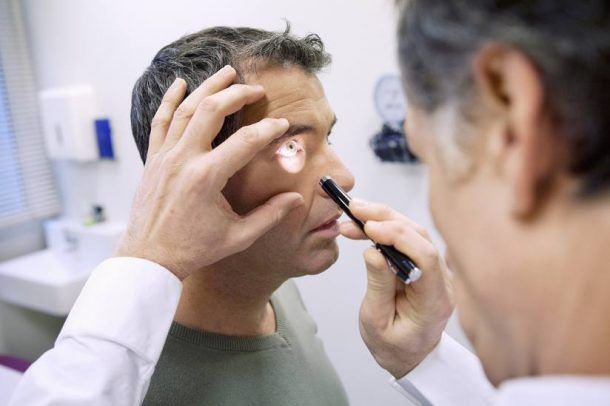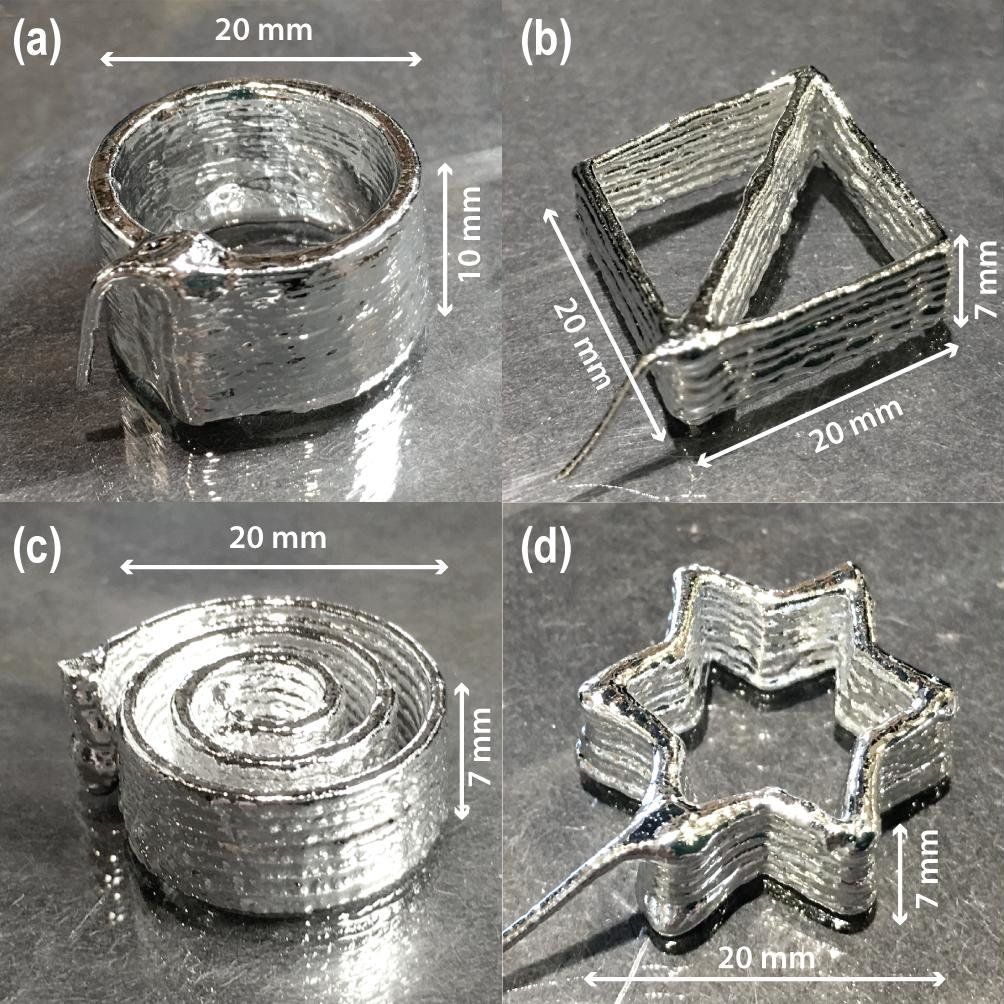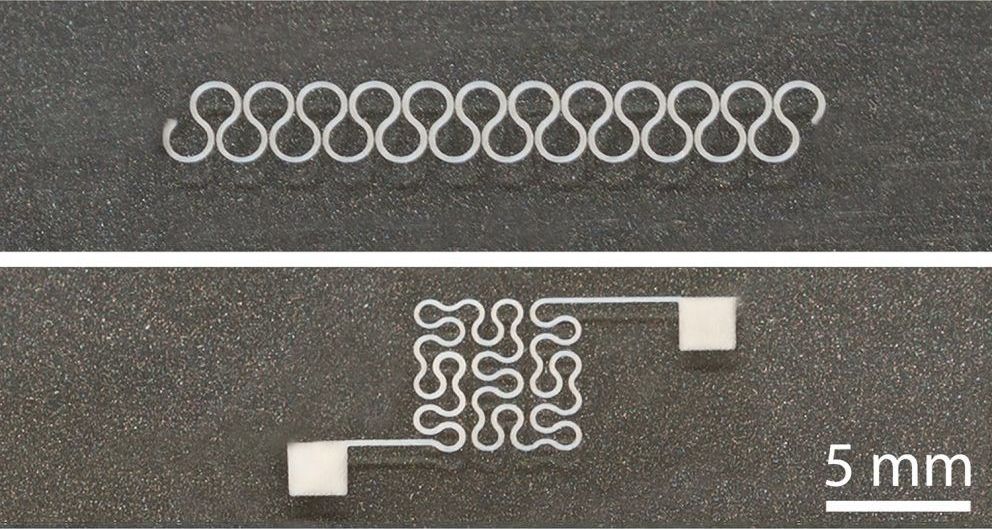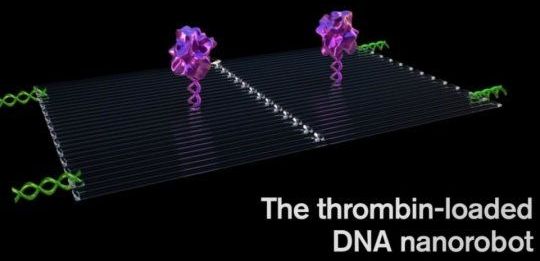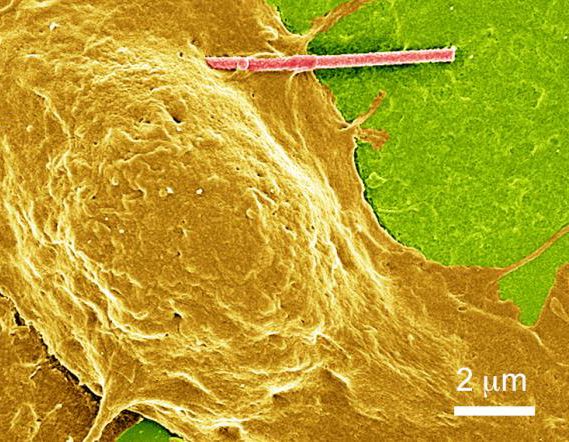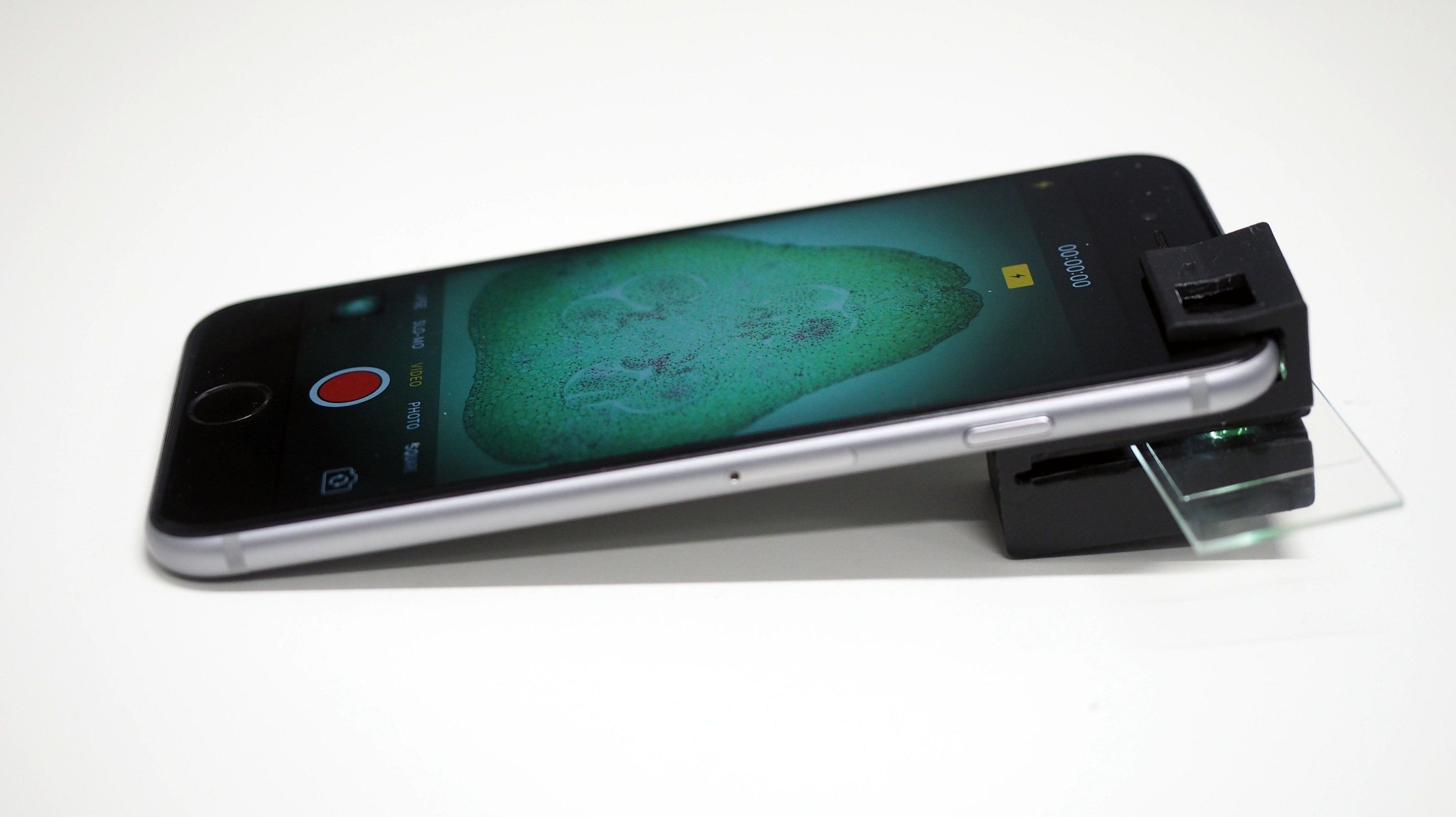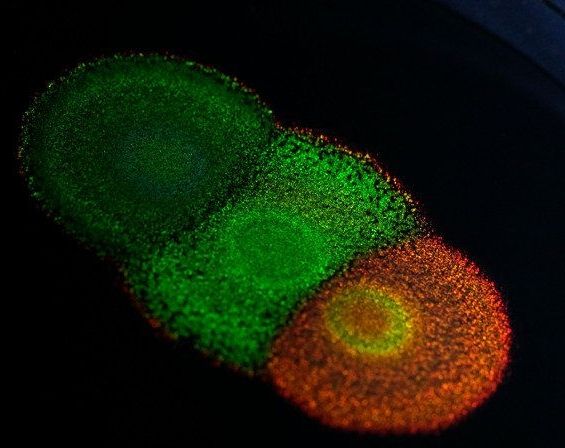Eye-drops that can repair the corneas and can improve the short and long sightedness have been developed by a team of Ophthalmologists at Shaare Zedek Medical Center and Bar-Ilan University’s Institute of Nanotechnology and Advanced Materials. The solution of nanoparticles called the ‘nanodrops’ was successfully tested on a pig’s cornea. Clinical trials are expected to be carried out later this year. If the clinical trials on humans are successful, it is expected that the need of eyeglasses will be eliminated.
The leader of the research team, Dr. David Smadja, said that the eye-drops can bring a revolution in ophthalmological and optometry treatment of patients who are suffering from myopia, hyperopia and other refractory conditions. The revolutionary breakthrough in the field was revealed by Dr. Smadja at Shaare Zedek’s second biennial research day, which was held at Steinberg Auditorium in Jerusalem. He said that the nano drops can also be used to replace multifocal lenses and allow people to see objects from different distances. Smadja said, “This is a new concept for correcting refractory problems.” However, he didn’t mention the times of applications which will replace the need for the glasses completely.
